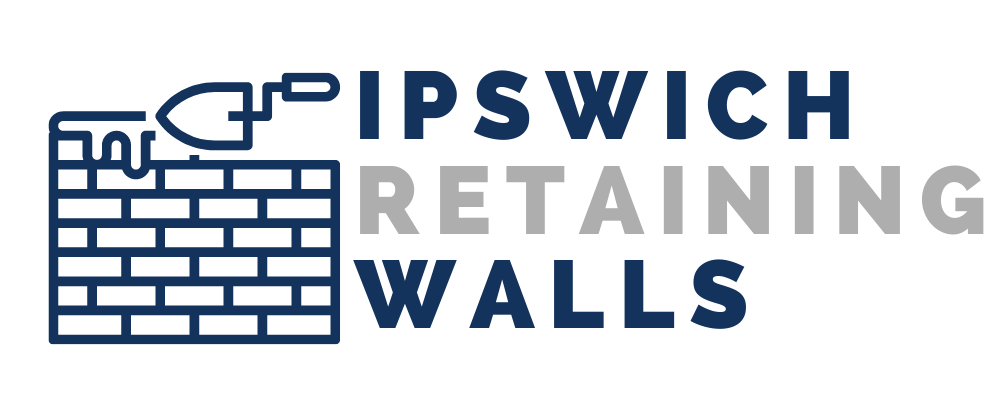A retaining wall is an essential component of many landscaping projects. It helps to prevent soil erosion, create usable space, and add aesthetic appeal to your property. While most retaining walls are straight and angular, a curved retaining wall can add a unique and attractive element to your landscape. In this article, we will guide you through the process of building a curved retaining wall.
Step 1: Plan and Design
Before you begin any construction, it is essential to plan and design your curved retaining wall. Consider the purpose of the wall, the height and length required, and the type of materials you will use. Determine the curve of the wall and mark it out using stakes and string.
Step 2: Excavation
Excavate the area where the wall will be located, ensuring that it is level and compacted. Create a base for the wall by laying a layer of compacted road base or gravel. This will provide a stable foundation for the wall.
Step 3: Install Drainage
Proper drainage is critical for any retaining wall. Install a drainage system behind the wall, consisting of perforated drainage pipes, gravel, and filter fabric. This will ensure that any water that seeps behind the wall will be drained away from the structure.
Step 4: Lay the First Course
Start laying the first course of blocks at the base of the wall, following the curve that was marked out earlier. Use a spirit level to ensure that the blocks are level and adjust as necessary.
Step 5: Install Geogrid Reinforcement
Geogrid reinforcement is necessary for a curved retaining wall to provide additional strength and stability. Install geogrid reinforcement at regular intervals, following the manufacturer’s instructions.
Step 6: Continue Laying Blocks
Continue laying blocks in a staggered pattern, following the curve of the wall. Use a spirit level to ensure that each block is level and that the wall is plumb. Cut blocks to fit as necessary.
Step 7: Backfill and Compact
As you lay each course of blocks, backfill behind the wall with gravel or drainage rock. Use a compactor to compact the soil and rock, ensuring that it is stable and won’t shift over time.
Step 8: Finish the Wall
Finish the wall by adding a cap or coping. This will help to prevent water from penetrating the wall and protect the top surface from weathering.
Building a curved retaining wall requires careful planning, design, and construction. By following the steps outlined in this article, you can create a beautiful and functional curved retaining wall that will add value and aesthetic appeal to your property. If you need assistance with building a retaining wall or any other landscaping project, contact Ipswich Retaining Walls. Our experienced team of professionals can provide a range of services, including design, construction, and maintenance. Contact us today for a free estimate and to learn more about how we can help you enhance your landscape.
At Ipswich Retaining Walls, we are committed to providing high-quality and reliable landscaping services to our clients. Our experienced team of professionals can assist with all aspects of retaining wall construction, from planning and design to construction and maintenance. We also offer a range of other landscaping services, including paving, fencing, and garden design. Contact us today for a free estimate and to learn more about how we can help you create a beautiful and functional outdoor space.


